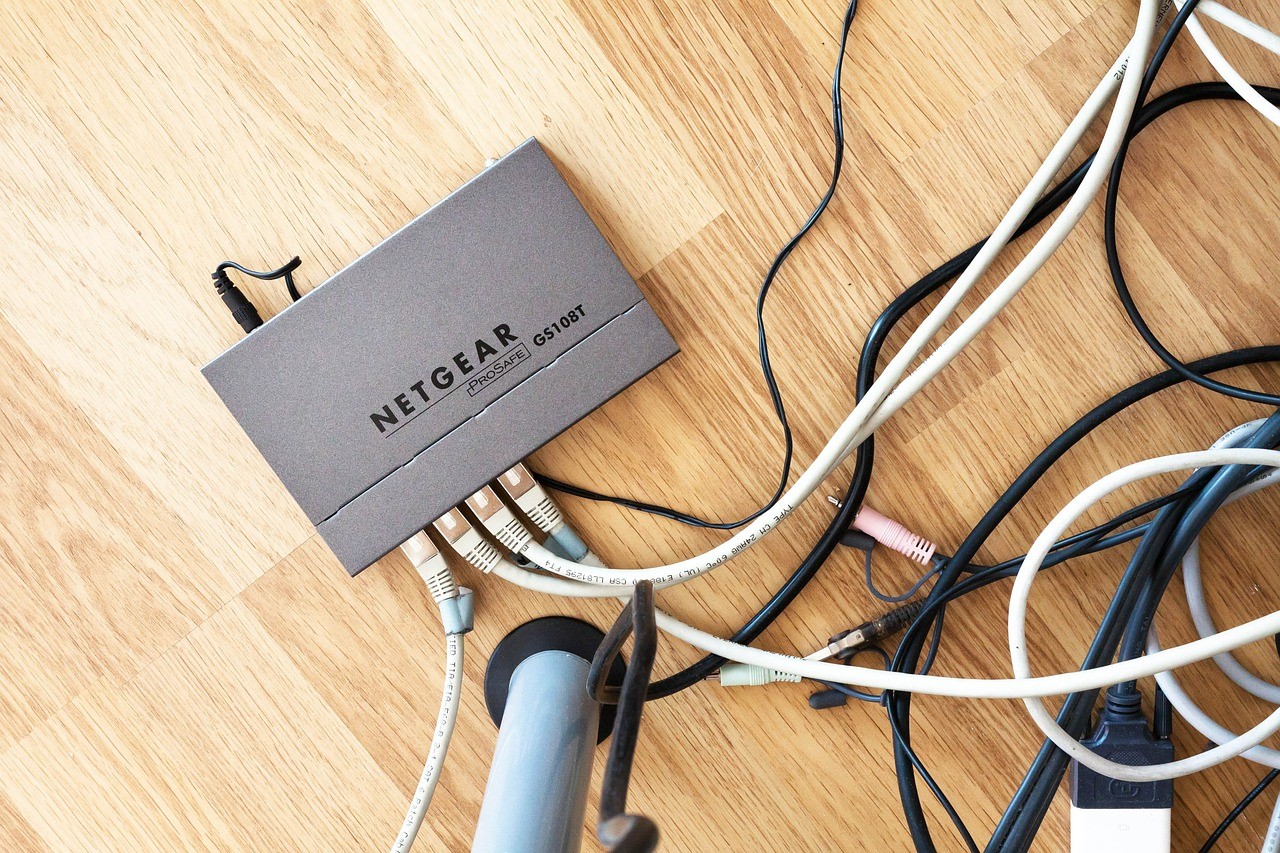
By Heather Hamilton, contributing writer
If a person ever has any trouble with a piece of technology, they’ll likely be told to turn it off for 10 seconds and then back on again. If you’ve tried this method, you know that sometimes it works — and sometimes it doesn’t. If your internet goes down, you probably head for your router or modem, prepared to switch it off for the magical 10 seconds.
But why 10 seconds? Is it an arbitrary amount of time of is there some sort of tech reason behind it?
Understanding your router
How-To Geek suggests thinking of your router as a computer, which it is. Complete with CPU, local storage, and memory, it runs an operating system. Computers get tired and encounter all kinds of problems from overheating to a variety of bugs. When you turn off a computer for 10 seconds, you don’t necessarily fix the problem, but you do prevent crashing by allowing it to reset. While it is sometimes a short-term fix, the same logic applies to your router.
The 10-second rule
Because electronics use capacitors, there is not a large amount of energy being stored. There is, however, enough to ensure that a memory chip runs for a few seconds, even without a power source. By unplugging for 10 seconds, you ensure that router settings actually reset. While 10 isn’t always the magic number, it is certainly a great place to begin.
Reasons your router might crash
As with any computer, there are a lot of reasons that a router might crash. Lifehacker says that overheating is a likely culprit and suggests ensuring that it is not located in an enclosed space. You should also consider setting it up on blocks so that it gets more airflow. For many, this will alleviate the problem.
Another common culprit of router crashes is outdated firmware. Your router may be outdated, which can cause crashes. Lifewire provides simple, step-by-step instructions to fix this problem, which doesn’t take a lot of time but can have a big impact.
There may also be IP address conflicts because your router is in charge of private and public IP addresses, which can cause problems should two devices have the same address. A simple restart will reset IP assignments, which should fix the problem.
Other solutions
If the above solutions don’t seem to work, you have a couple of options. First, reboot a router on a schedule. There are a few ways to do this, the simplest of which is to purchase an outlet timer that will cut power at a time you specify, when you know the internet will not be in use. You can also set a script to run on your router so that it will automatically do the same thing. Of course, these are temporary solutions to what may be a larger problem.
If you can’t identify the issue, it may be easier to simply get a new router, as Consumer Reports suggests. Especially if you’re working with an older router, an upgrade might be a good idea to simply update your technology. Routers are pretty common, so you won’t be out a lot of cash either way.
Sources: How-To Geek, Lifehacker, Lifewire, Consumer Reports
Image Source: Pixabay
Advertisement





